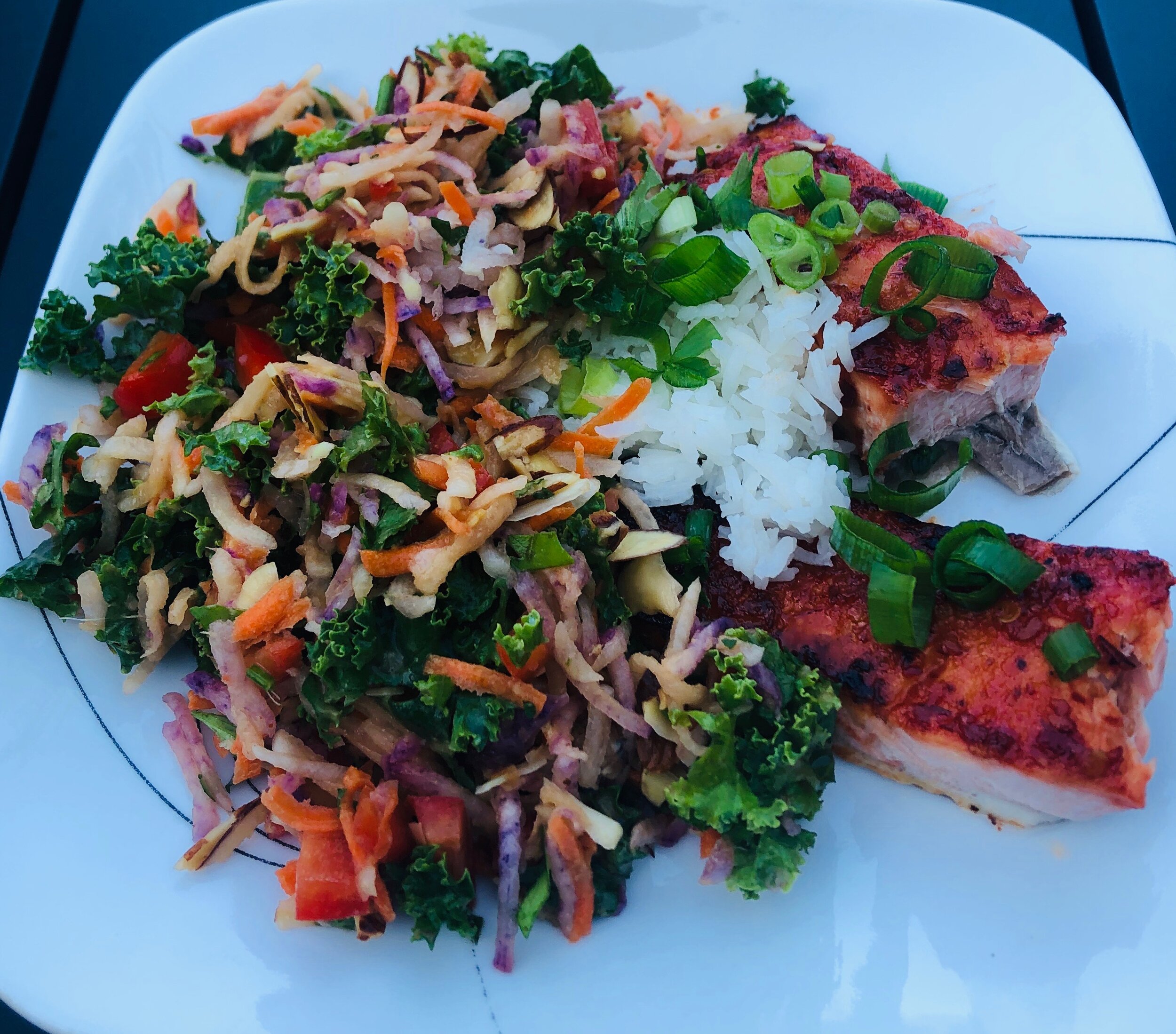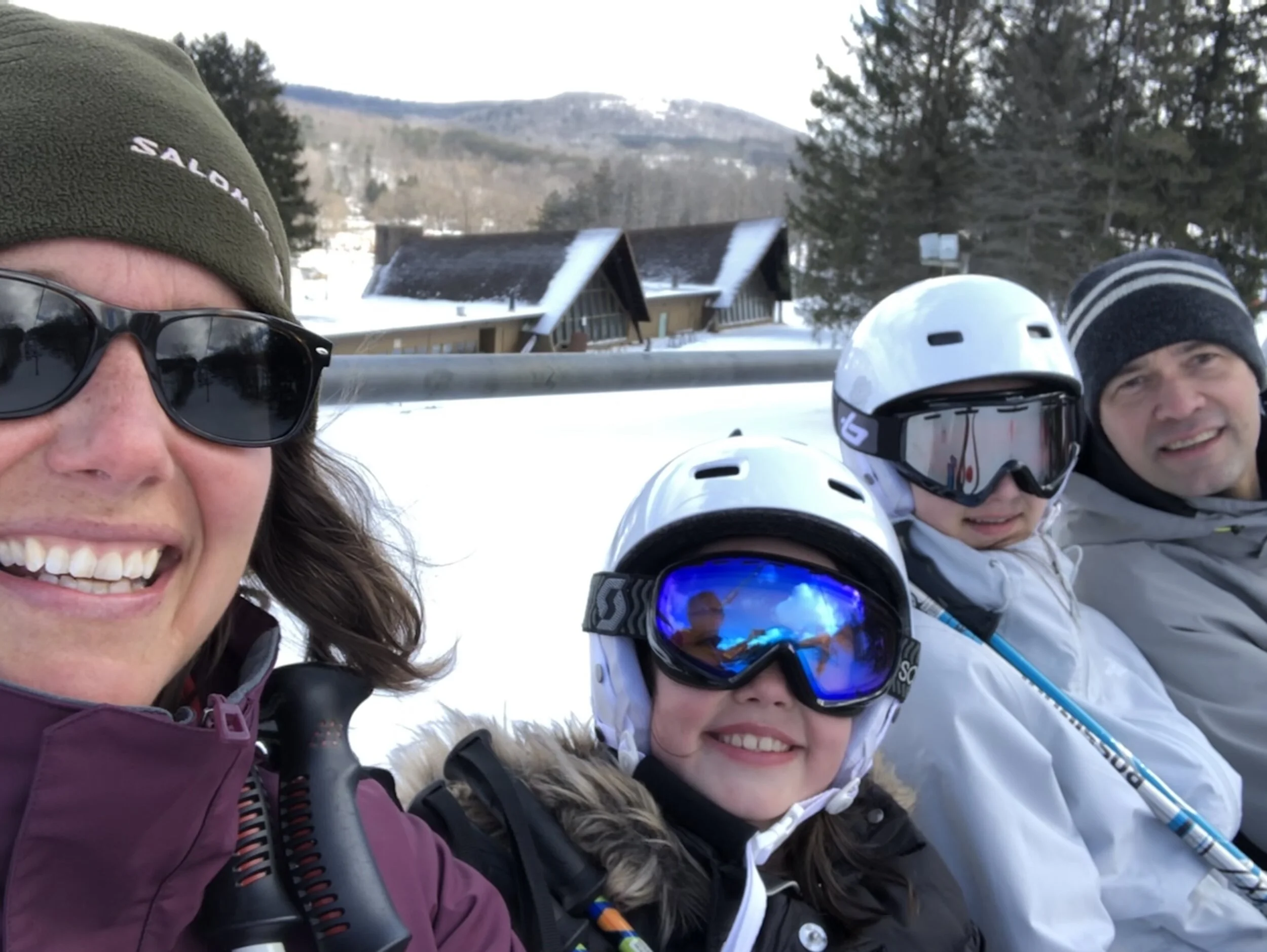As a Naturopathic Doctor, I honestly do practice the preventative medicine that I preach. Here is my protocol in maintaining my and my families health all through the year. This situation we’re currently facing has many people scrambling to find ways to maintain their and their families health; however, my strategy is to keep myself and my family healthy every day of the year. Here are some of the ways I do so. If you are already a patient of mine you may recognize some of these strategies :-).
DIET
As a family we eat whole, real, clean food. I am not vegetarian, vegan, paleo or keto. I guess you could say we eat “low carb”, but it’s likely because we tend to get our carbs from starchy vegetables or whole grains vs pasta or bread. Don’t get me wrong we have bread in the house and we eat it, but not as a daily occurrence.
I always make enough food for dinner for us to take for lunch the next day. This inhibits us from making bad choices in the midst of our busy days. Our kids have always eaten what we have eaten, so if we are having lamb stew, greek salads with feta cheese , or quiche our kids eat them as well. We have never made them mac and cheese or PB& J sandwiches to eat instead of eating what my husband and I are. They may have begged for it when they were little but we have always refused.
I plan my meals for the week. Yes it’s true! I have a white board on my fridge where I write what we will have for dinner each night of the week. It works great for us so we know what we are having and don’t have to spend the time thinking about what to make after a long day of work. Also, if my husband is home before me then he knows what to start preparing for dinner.
I love to get recipes off of https://www.yummly.com/. If you haven’t check it out I recommend you to do so. Here are some links to some of our favorites.
One pot Beef Keema: https://www.yummly.com/recipe/ONE-POT-BEEF-KEEMA-1558758
Vegetable Frittata: https://www.yummly.com/recipe/Vegetable-frittata-337290
Falafels: https://www.yummly.com/recipe/Falafel-1899104 along with a greek salad and tabouleh
Thai red curry: https://www.yummly.com/recipe/Thai-Red-Curry-2518122
Other diet guidelines I follow are not eating after dinner. I try to fast 12 hours every night (from dinner to breakfast). I also make sure I am not getting anything more than 25 grams of sugar and that goes for my kids too! There is an obesity issue in this country and part of it has to do with how much sugar people eat. Take a look at your sweetened Chobani yogurt if you don’t believe me!
EXERCISE
I do love exercising. It’s a source of relaxation for me. Below are my go-to’s for exercise. I usually only take 1 day off per week for a rest day and all the other days I move my body in these various ways.
RUNNING: I run 15-25 miles per week. On busy weeks and especially in the winter when the days are shorter, I usually get 15 miles in; and, on slower weeks and with the longer light hours I work towards 25 miles per week. I am an outdoor runner only. I could never run on a treadmill so even during the 15 degrees winter days I am still out there…I invest in great outdoor workout clothing. Running is a meditation for me, and I LOVE IT!
YOGA: I also am a member of a local yoga studio where I go to two classes per week regardless. I love HOT yoga especially in the winter. Sweating is such a great way to detox and boost immunity. I look forward to it every week. If I can’t make it to a class due to a sick child or activities I resort to my favorite online yoga workouts called, Yoga with Adriene. (https://yogawithadriene.com/)
TONING: I find my two favorite Youtube channels to tone my arms and abs: Tracy Campoli and Tracy Anderson. Their videos are about 5-15 minutes in length and I tend to do 1 arm and 1 ab video 3x/week, minimally. My daughters (8 and 14 years old) love to do them with me. Here are links to some of my favorites:
Arm focus with Tracy Campoli:
https://www.youtube.com/watch?v=0F4Din-A_7I
https://www.youtube.com/watch?v=O68j_eU3oOM
Ab focus with Tracy Anderson:
https://www.youtube.com/watch?v=YGHnBCtmqJo
https://www.youtube.com/watch?v=Cq6NQ1L8UhU
SUPPLEMENTS
I am the worst supplement taker ever. I do more herbal tinctures than supplements. But here are my families supplement routine.
FOR MYSELF:
Designs for Health Women’s twice daily essentials. I try to get 1 packet in 2x/day. It consists of a bone support, essential fatty acid, multivitamin, and hormone balancing herbs.
D3 5000 by Metagenics I do 1 cap/day for boosting my immunity in the winter months. I usually take breaks in the summer
MTHFR, 5mg by Thorne Research 1 cap per day in addition to Methylfactors by Biogenesis where I take 1 dropperful per day. I have the MTHFR genetic mutation.
Tinctures: I formulate immune support ones in the winter (Astragalus, Elderberry, etc to name a few) and a adrenal support formula (Ashwagandha, Rhodiola, etc to name a few)
FOR MY HUSBAND:
Men’s Pure Pack by Pure Encapsulations. It contains a multi-vitamin, essential fatty acid support, mitochondrial, cardiovascular and prostate support.
FOR MY KIDS:
Vitamin D3 (2000IU for my youngest and 5000IU for my oldest), a probiotic, and Vitamin C in the winter months. With the addition of herbal immune tinctures (astragalus, elderberry, mushroom blend) and zinc (60mg/day for youngest and 90mg/day for oldest) at the first sign of illness for them.
Here is a link to Wellevate: https://wellevate.me/amanda-fey where you can find the supplements that we take as a family as well as others that I recommend for a variety of health issues. Wellevate is an online dispensary that is an FDA-registered facility that guarantees all your supplements are stored properly and are from quality controlled companies. By ordering through the link you will get 15% off any supplement you order and it also helps support small businesses.
OTHER HEALTHY LIFESTYLE STRATEGIES
We make sure we laugh a lot by surrounding ourselves with people and things that nourish us and not deplete us. We reach to achieve 7-9 hours of restful and optimal sleep per night. We set specific boundaries for our kids on their electronic devices. We hydrate daily, drinking 1/2 our body weight in ounces of water per day. Lastly, we take vacations annually. It’s important to take breaks from the rigors of daily life and spend time together as a family.
May you and your family remain healthy while we weather this storm and throughout the years to come.
“From the bitterness of disease man learns the sweetness of health”. -CATALAN PROVERB
ABOUT THE AUTHOR
Since 2005, Dr Fey has helped women, men, and children find real solutions to their health concerns. She truly believes that giving the proper care and nutrients your body has an amazing ability to heal. She is committed to finding the root cause of illness by utilizing a whole body approach not just focusing solely on presenting symptoms. With her scientific background, Dr Fey uses science based natural approaches to treating disease.
Dr. Amanda Fey is the owner and practicing Naturopathic Doctor at Complementary Medicine & Healing Arts, the Southern Tiers Center for Natural Healthcare located in the Binghamton NY area. The office website is www.naturallywell.us. To contact the office call 607-729-0591 or email cmhahealth@gmail.com.



















